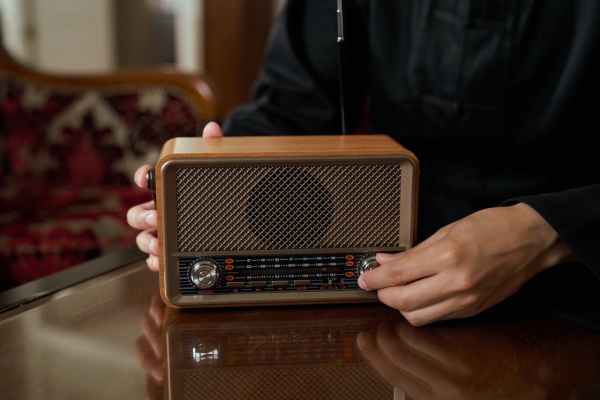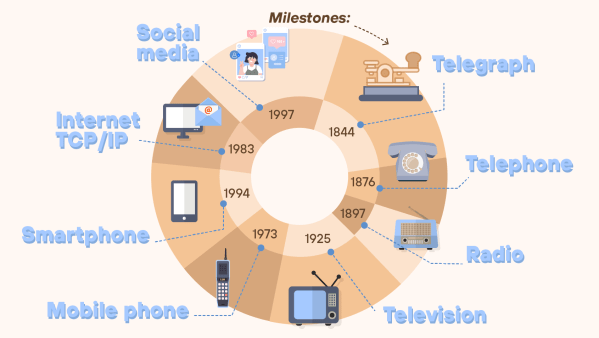The first telephone
We have to go back to 1917. Campillo de Deleitosa was a prosperous village at that time, as it already had electricity thanks to several hydroelectric power stations. The electricity produced in Campillo supplied large cities such as Cáceres, the provincial capital. Electricity only worked at night. The high-voltage cables were without electricity throughout the morning and were used for local telephone communications, for example, between the power stations themselves, or even to call the Civil Guard in the neighbouring village, or to check if the pharmacy had any medicine, as travelling from one village to another required horses, and this way, if they didn’t have what they needed, they saved themselves the trip.

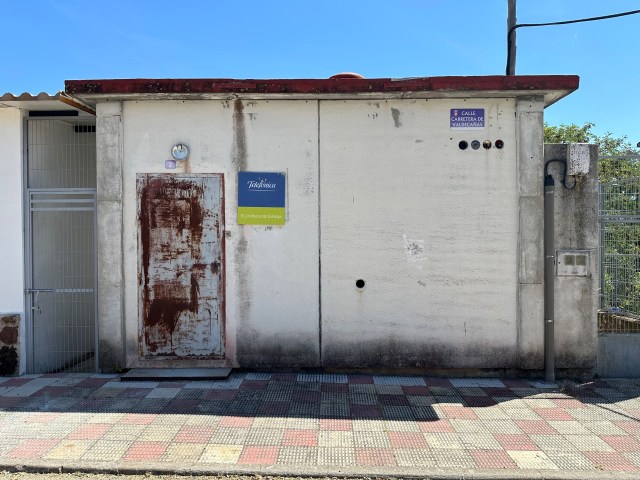
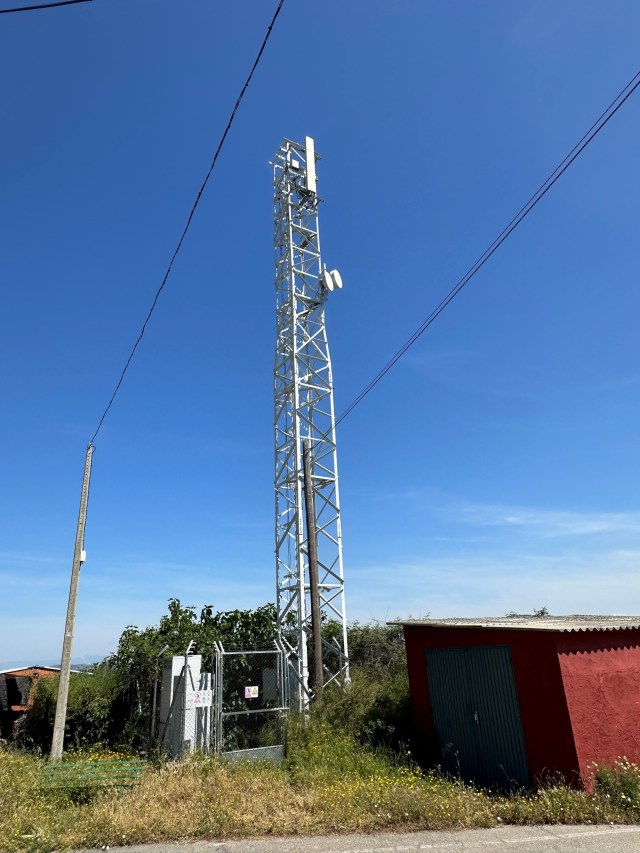
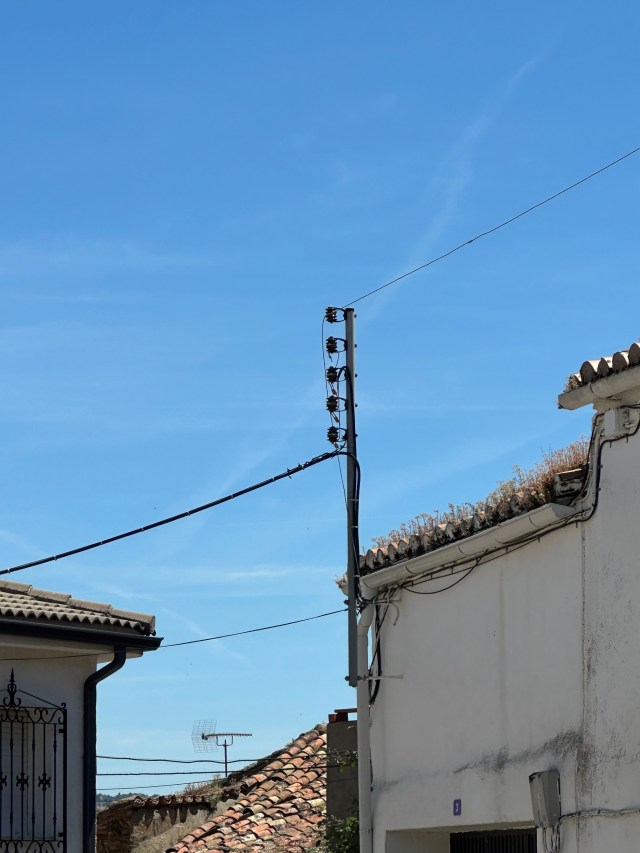
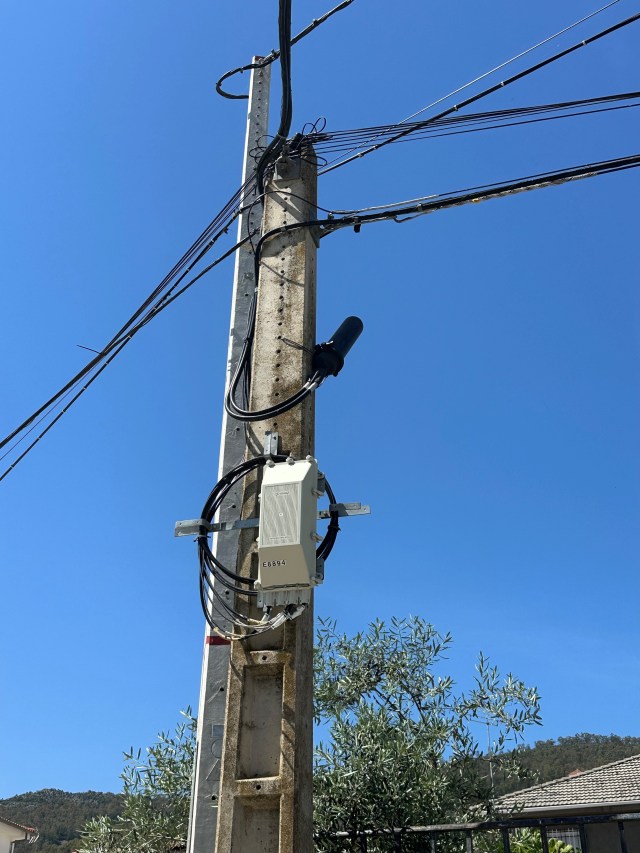
The arrival of the telephone service
In 1957, the basic telephone service arrived. As we mentioned in the article we wrote about Campillo for our 100th anniversary, there were several telephone operators in the village at the time. Paca was the first of them, and she was on duty 24 hours a day. Paca, from Campillo, always contacted another telephone operator who was at the exchange in Peraleda de la Mata (Cáceres), and this exchange already had a direct connection to Madrid (Gran Vía), according to the inhabitants. Sometimes, you had to wait several hours to get through, depending on how busy it was and how many exchanges had to be connected. Our telephone operators always did their utmost to connect people.
The first automatic exchange
When asked, the older residents do not remember clearly when the first automatic exchange was installed, although they all agree that it was in the 1970s. This exchange was located near the current Town Hall building. Residents tell us that it looked like a large plastic container. Telephones began to be installed in homes, and the number range 9275580XX was assigned.
The current exchange
In the 1990s, the current exchange (already under construction) was built and the entire telephone infrastructure was renovated, preparing Campillo for future services that would arrive years later, such as ADSL. All subscribers in the village also had their numbers changed to 9275750XX, with 9275751XX being kept in reserve in case it needed to be activated if there was greater demand in the future. Unfortunately, this never happened, and the 9275750XX block was never filled.
The public telephone
A public telephone booth was installed in Campillo in the 1980s. It was mainly used by people who came to the village in the summer, as they did not have a telephone at home. The booth was replaced in the late 1990s by a more modern one that allowed the use of telephone cards and mobile phone top-ups. It was finally removed in 2015 due to lack of use.
In addition, one of the village bars also had a public telephone, but with a Teletax system.
This device counted the ‘steps’, and when the call was hung up, the number of steps was multiplied by the price and the cost of the call was calculated. It was like a ‘telephone taximeter’.





